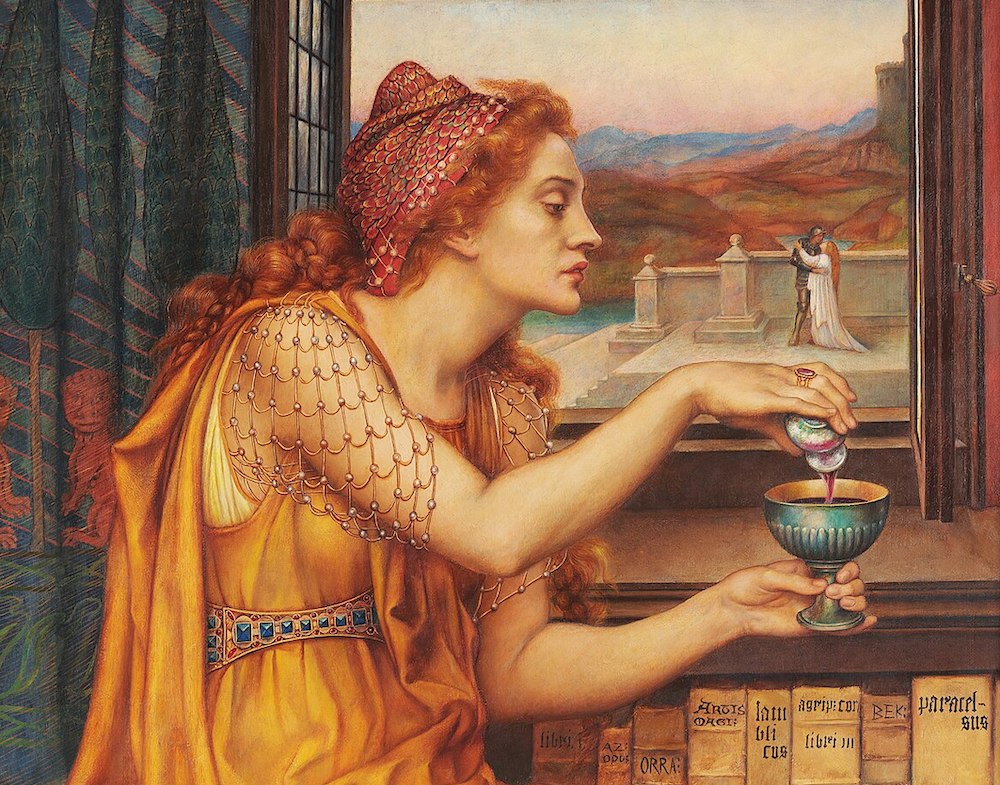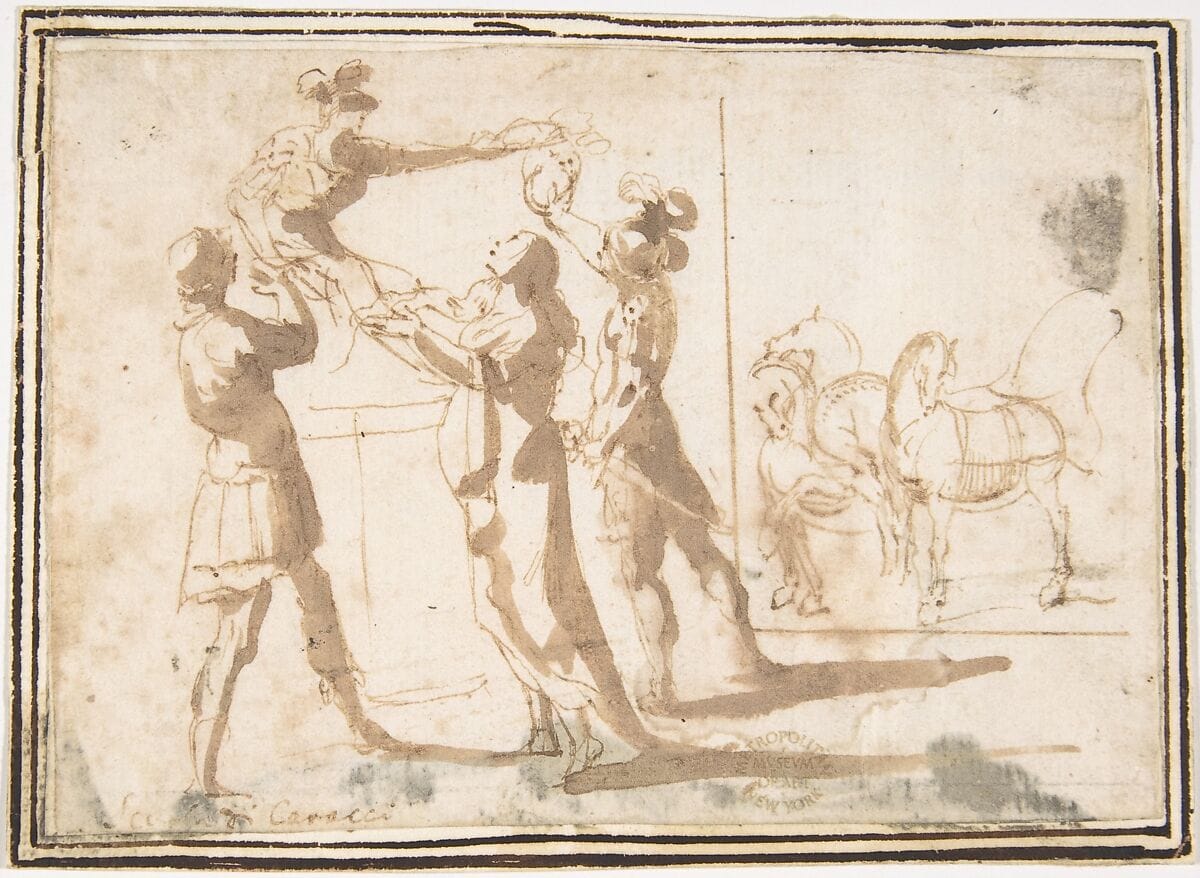
Aphrodisiacs and Anti-Aphrodisiacs (1869)
John Davenport, Aphrodisiacs and Anti-Aphrodisiacs: Three Essays on the Powers of Reproduction (London: privately printed, 1869).
Like Hargrave Jennings’ Cultus Arborum (1890), John Davenport’s Aphrodisiacs and Anti-Aphrodisiacs (1869) begins with a meditation on sundry forms of priapi found around the world. In Egypt, Syria, Persia, Asia Minor, Greece, Italy, Mexico, India, and “to a very late date, among the Christians of Europe”, writes the author, prurient sculptures prevailed, and are still present in the cultural archaeology of modern society. “There is every reason to believe that our May-pole is a relic of the ancient Phallic worship.” Well into the eighteenth century, certain regional Christian rituals and crucifix iconographies, precursors of which Davenport finds among the symbology of Egyptian pharaohs and Tibetan lamas, seemed to emblematize what Neapolitans used to call il Santo Membro, the Holy Member. Saint Foutin de Varailles was once honored across Provence, Languedoc, and the Lyonnais with “waxen models of the pudenda of both sexes”. In Orange during the Reformation, Protestants seized an enormous phallus “furnished with appendages” and burned it in the market. In Isernia, Italy, ex-votos of male genitalia — “sometimes even the length of a palm [presumably in the botanical sense — Ed.]” — were sold by devotees of St. Cosmo and St. Damianus, who set their prices with the phrase più ci metti, più meriti (the more you give, the more you get).
After twenty pages on the phallus, Davenport proceeds to discuss “Anaphrodisia; or, Absence of the Reproductive Power”, an essay that gets just about everything wrong. He breezily claims that female masturbation, immoderate orgasms, and excessive excitement are leading causes of barrenness; that promiscuous men put their “turgescence” at risk; that the clitoris “opposes the conjugal act” for “the difficulty it presents to the introduction of the fecundating organ” (he recommends amputation, then queasily details the dimensions of various women encountered by colonial officials in the West Indies). Amid the ignorance and gynophobia, there are more eccentric examples, such as the boy who “made water . . . upon the slightest friction of his linen”, the young French man accused of impotence who demonstrated his erotic ardor before a jury of peers, and the “celebrated mathematician of a very robust constitution” who was unable to start a family, for, during the amorous act, his mind continually strayed away from his wife toward algebraic visions of formulae and figures.
Leave a Comment
Related Posts



/cloudfront-us-east-2.images.arcpublishing.com/reuters/MZSYNATQCZJZZLYXHK2B3RFO6U.jpg)















